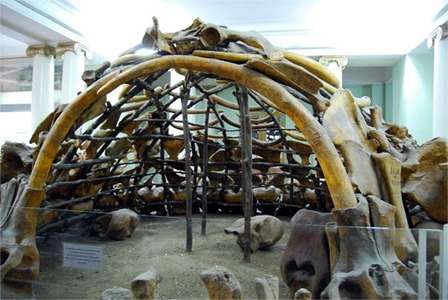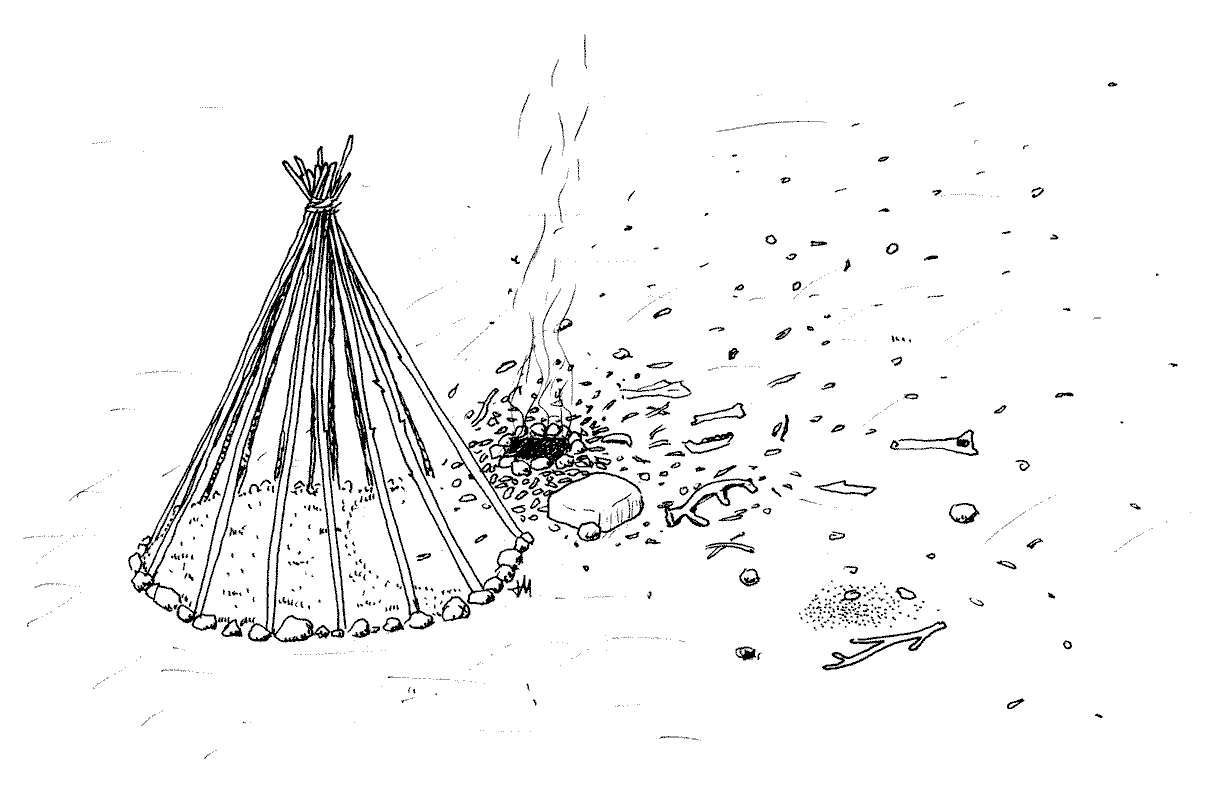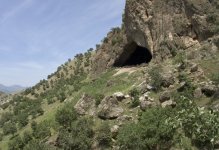I don't have any answers to some of these questions, but what I can say is that historically there wasn't very much interest in the Paleolithic in Italian archaeological circles. When investigation first began, the foremost researcher at the time, Luigi Pigorini, stated that there was nothing in Italy between the Mousterian and the Neolithic and that was that. He had such a dominant effect on Italian archaeology that it took decades for other viewpoints to surface. Perhaps it was because there was so much to investigate from the Bronze Age and especially from the Iron Age to the Classicial Era. That has lead to a situation where the most important works on the Paleolithic in Italy are an outdated French work and one book written in English, but by an Italian, which attempts to gather in one place the research that has been done in Italian language journals. (See link below...) I have to say that in all my years of university study and extensive reading on Italian history and pre-history I never paid much attention to it either, so it may be a cultural blind spot of some sort. From abstracts I have read, there does seem to be some increased interest recently, but I don't follow it very much.
https://books.google.com/books?id=y...Why so few Paleolithic sites in Italy&f=false
Although it's been investigated periodically, it's only since 2009, for example, that the Equi Terme grotto right near me has even been secured. Starting on page 11 of this summary of the papers presented this last August at the European Society of Human Evolution, there is a discussion of the site and pictures of it. (The abstracts are very interesting in their own right.)
http://farm4.static.flickr.com/3097/3167231428_e1e7434b0e.jpg
Certainly, there are many grottoes and caves in Italy, but Italy has been extremely densely populated since the Neolithic, and these caves have been used since that time...they were still used as recently as sixty years ago by shepherds in our area, and during the war were used by partisans etc. I doubt many Paleolithic remains could be found in them at this point. The same is probably true of the also densely populated Near East and Balkans.
Still, there are more sites than appear on some of these maps that have been posted. I think the situation is analogous to that of Beaker artifacts, where much of the work was not published in English, and so was unknown to English speaking researchers. I tried to remedy that a little bit on this blog with my posting of the work of Delfino.
In terms of the Paleolithic, even the excerpted version of the Mussi book on google books is very long, and I haven't read most of it. However, this review of it does point out some interesting things.
http://www.ucl.ac.uk/prehistoric/reviews/04_04_mussi.htm
"Chapter 5, ‘Moderns versus Neandertals’, addresses the question of the Middle to Upper Palaeolithic transition. In Italy the lithic industries found immediately after the Mousterian are classified as belonging either to the Uluzzian or to the Aurignacian, and there seems to be a tacit assumption that the former were made by Neanderthals while the latter were made by modern humans,
Homo sapiens. In fact, human remains are very rare in the Italian Early Upper Palaeolithic, and consequently the association between different hominid species and lithic industries remains unclear.
Chapter 6, ‘Fully Equipped Hunter-Gatherers’, is concerned with the Gravettian and Early Epigravettian periods, between 25,000 BP and 16,000 BP. Beginning with the Gravettian, the archaeological record becomes more comprehensive, due to the extensive array of material found, such as works of art and the first evidence for burials. Although human settlement was as scattered as it had been in previous occupations, and in fact only about fifty sites can be dated to this period, the occupation of Italy appears to have been stable. This is in contrast to the preceding five thousand or so years, between 30,000 BP and 25,000 BP, when only isolated individuals, or small human groups, visited part of the Italian peninsula episodically. Some of the Gravettian and Early Epigravettian sites are multilayered settlements with thousands of artefacts indicating frequent reoccupation of a preferred spot, while others are short-term campsites.
Chapter 7, ‘The Great Shift’, is the final chapter in the book, and addresses the Late Glacial and Early Postglacial record, corresponding with the Final Epigravettian and the Mesolithic periods, from 16,000 BP to 7500 BP. Given the presence of mountain ranges within a short distance of the coast, Italy is ideally suited to illustrate the great shift in human adaptation that occurred at this time. Rising temperatures resulted in rising sea levels, which in turn caused the coastal plains to shrink and, in some areas, to disappear. This is reflected in a shift from marine to terrestrial molluscs in the shell middens, and in the abandonment of many sites. On the other hand, with rising temperatures the nearby mountain ranges became accessible to plants, animals, and, eventually, to humans, and hundreds of sites have been recorded between 1900 and 2300 metres above sea level, and up to the Alpine watershed. Some of these sites were short-lived, while others were repeatedly occupied, during summer excursions to hunt ibex and chamois. Sicily was permanently colonised during this period, although the evidence for pre-Neolithic occupation on Sardinia is more ambiguous."
What I take from this is that there is some Aurignacian in Italy, but there is not very much of it. There is more in the Gravettian than appears in maps produced by Engish speakers (he mentions 50 sites), but still not as much perhaps as some other areas?
So, what is the reason? Is it that the caves have indeed had their remains scattered because of dense population? Even Classical Era or Iron Age Era finds are still being found every time a new tunnel or road is built, and these kinds of remains would be below that. Were many of them along the coastlines and they were submerged in subsequent periods? After all, the Adriatic used to only go up to Gargano.
http://cronologia.leonardo.it/storia/aa799.jpg
However, I'm also intrigued by some of the suggestions posted upthread about the influence of topography and fauna and flora. Most of Italy was warmer and forested during this period? Am I interpreting the maps correctly? If that's the case, perhaps these ancient people used open air camps more frequently, and wooden structures, which would have mostly left little trace in the record. It's true that in his review of the Mussi book on the Italian Paleolithic, the author states that Mousterian open air sites have indeed been found, so that may not be the total answer, but I think it would be safe to say that all evidence of lots of them may be buried under the traces of subsequent migrations.
Unless the Alps and, in the case of the Balkans, the Dinaric Alps, were a barrier to some of this gene flow, especially that which came from the east? However, then what about Iberia? Did these Paleolithic settlements penetrate far south of the Pyrennees? If they did, then in the case of Iberia perhaps we should look to gene flow from North African?
It's a puzzle.





